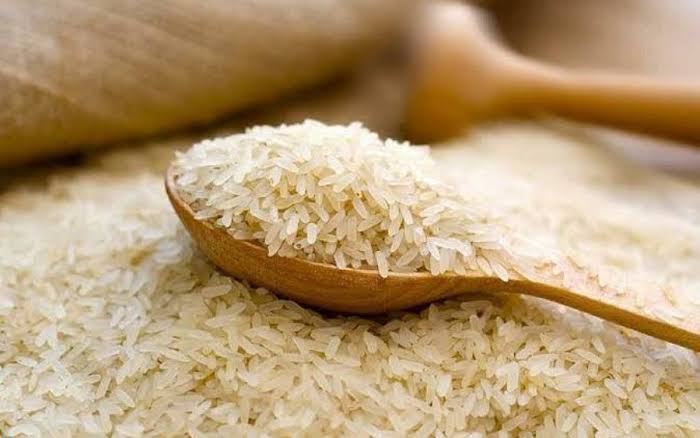
Rice is a staple food in Nigeria, and the country has made significant strides in rice production in recent years. The agricultural sector plays a crucial role in the nation’s economy, with several states leading the way in rice cultivation. In this article, we will explore the top 10 rice producing states in Nigeria, highlighting their contributions to the country’s rice production and food security.
1. Kebbi State
Kebbi State, located in the North-West region of Nigeria, is renowned as the “Rice Capital of Nigeria.” The state boasts vast arable land, suitable climatic conditions, and irrigation facilities that support rice cultivation. Kebbi State has emerged as the highest rice producing state in Nigeria, with an estimated annual production of over 2 million metric tonnes.
2. Ebonyi State
Ebonyi State, situated in the South-East region, has rapidly developed its rice production capabilities. The state’s favorable agro-ecological conditions, including fertile soils and adequate rainfall, have contributed to its success in rice cultivation. Ebonyi State is one of the top rice producing states in Nigeria, with an estimated annual production of over 1.5 million metric tonnes.
3. Kano State
Kano State, located in the North-West region, has a long history of agricultural excellence, including rice production. The state’s vast agricultural lands, irrigation systems, and supportive policies have propelled it to become a major rice producing state in Nigeria. Kano State’s annual rice production is estimated to exceed 1 million metric tonnes.
4. Niger State
Niger State, situated in the North-Central region, is known for its agricultural diversity, including rice production. The state’s favorable climate, irrigation facilities, and large-scale farming activities contribute to its significant rice output. Niger State’s annual rice production is estimated to be over 800,000 metric tonnes.
5. Kogi State
Kogi State, located in the central region of Nigeria, has favorable agro-climatic conditions for rice cultivation. The state’s agricultural sector plays a vital role in its economy, with rice being a prominent crop. Kogi State produces an estimated annual rice output of over 600,000 metric tonnes.
6. Taraba State
Taraba State, situated in the North-East region, has vast agricultural potential, including rice production. The state’s fertile soils, favorable rainfall, and suitable temperatures create an enabling environment for rice cultivation. Taraba State’s annual rice production is estimated to exceed 500,000 metric tonnes.
7. Sokoto State
Sokoto State, located in the North-West region, has a significant contribution to Nigeria’s rice production. The state’s agricultural practices, including irrigation farming, have bolstered its rice cultivation efforts. Sokoto State produces an estimated annual rice output of over 400,000 metric tonnes.
8. Zamfara State
Zamfara State, situated in the North-West region, has shown remarkable progress in rice production in recent years. The state’s commitment to agricultural development, including rice farming, has yielded positive results. Zamfara State’s annual rice production is estimated to be over 300,000 metric tonnes.
9. Anambra State
Anambra State, located in the South-East region, has a rich agricultural heritage, including rice cultivation. The state’s favorable agro-climatic conditions and irrigation facilities support its rice production efforts. Anambra State produces an estimated annual rice output of over 200,000 metric tonnes.
10. Ogun State
Ogun State, situated in the South-West region of Nigeria, has made significant
strides in rice production. The state’s agricultural development initiatives, including the adoption of modern farming techniques, have boosted its rice cultivation. Ogun State produces an estimated annual rice output of over 150,000 metric tonnes.
These top 10 rice producing states in Nigeria, including Kebbi, Ebonyi, Kano, Niger, Kogi, Taraba, Sokoto, Zamfara, Anambra, and Ogun, demonstrate the nation’s commitment to achieving self-sufficiency in rice production. Through the combined efforts of these states, Nigeria continues to make progress in meeting its domestic rice demand and reducing import dependency.




